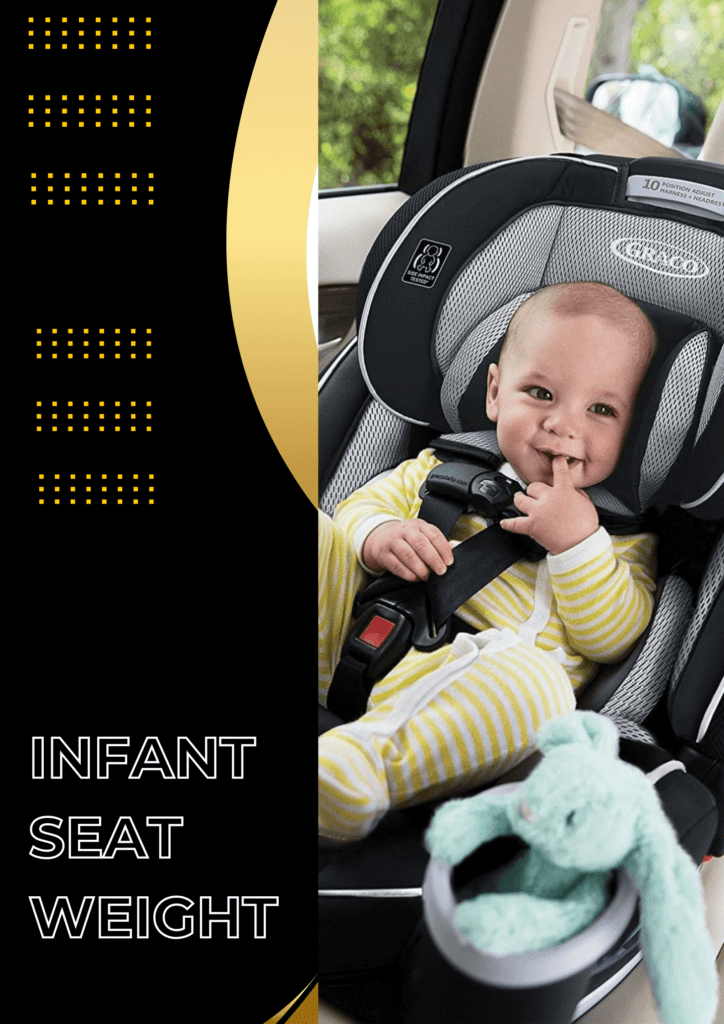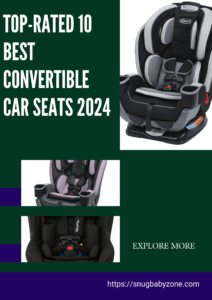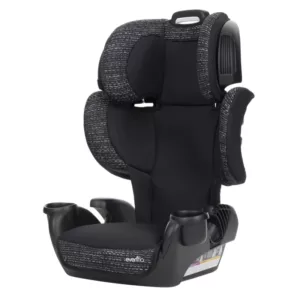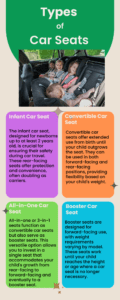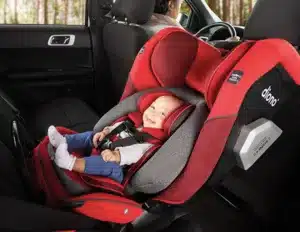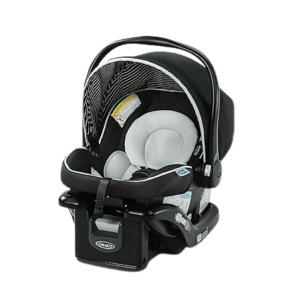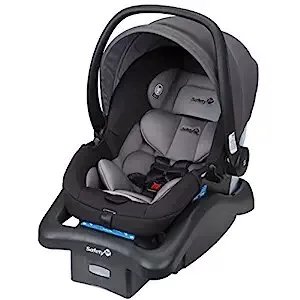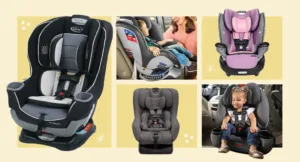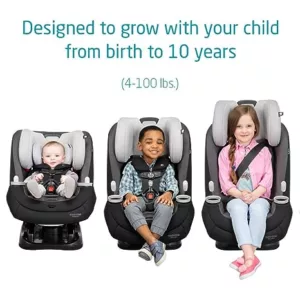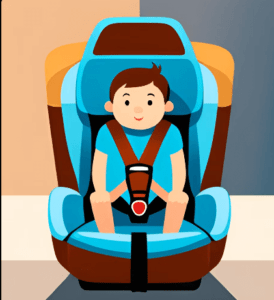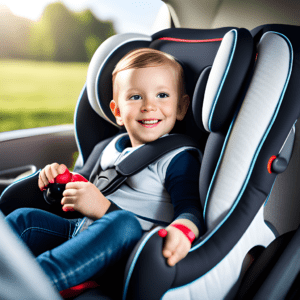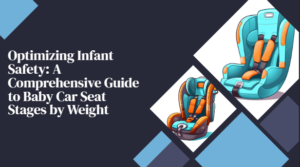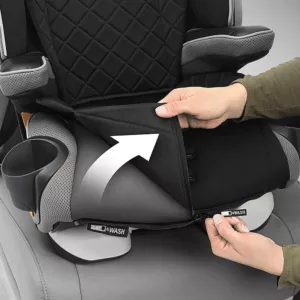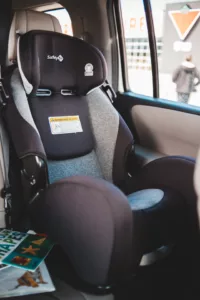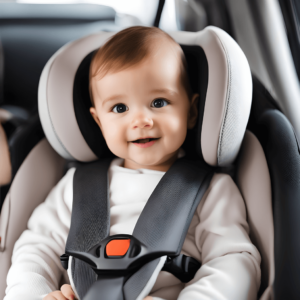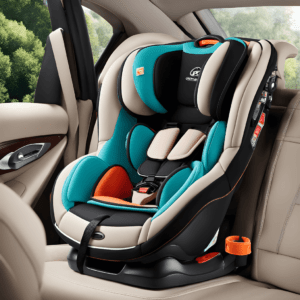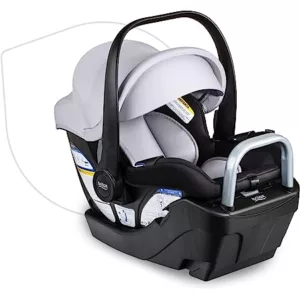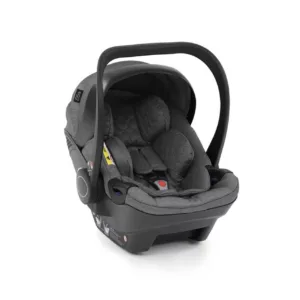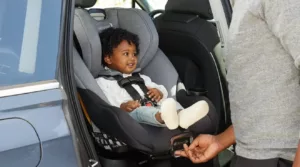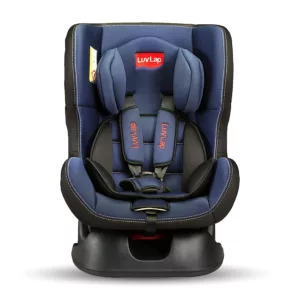Infant car seats play a crucial role in ensuring the safety of our youngest passengers during car journeys. Parents and caregivers must be well-informed about the basic requirements, especially regarding infant seat weight limits. This article will explore the fundamental aspects of infant car seats, including when infants should start using them, the weight limits, and the transition to the next stage of car seats.
Thank you for reading this post, don't forget to subscribe!Table of Contents
ToggleBasic Requirements for Infant Car Seats:
Infants should begin using car seats when they leave the hospital or birthing centre. The American Academy of Pediatrics (AAP) recommends that infants ride in a rear-facing car seat until they reach the age of two or until they outgrow the height and weight limits specified by the car seat manufacturer. This orientation provides optimal protection for a baby’s developing head, neck, and spine in a collision.
Weight Requirement: Infant Seat Weight
Infants should use a rear-facing car seat from birth until they reach the weight limit specified by the car seat manufacturer. Standard weight limits for infant car seats typically range from 22 to 35 pounds. Parents must check the specific weight limit provided by their infant car seat manufacturer.
Height Requirement:
In addition to weight, height is essential for infant car seat use. Infant car seats are designed to accommodate infants based on height until they outgrow the seat or reach the age of two. The car seat shell usually determines the height limit and varies among different models and brands. It’s essential to follow the height restrictions specified by the car seat manufacturer to ensure proper protection.
Transition to the Next Stage:
As children grow, they will eventually exceed their infant car seat’s weight and height limits. When this occurs, it is time to transition to a convertible or all-in-one car seat, which can be used in both rear-facing and forward-facing modes. This transition ensures continued safety for the child as they develop and allows for extended use of the car seat.
Follow the manufacturer’s guidelines for transitioning to ensure the child’s continued safety during car travel. Parents can provide their infants with the safest possible travel experience by paying careful attention to both weight and height requirements. Always consult the specific guidelines the car seat manufacturer offers, as these requirements may vary between different models and brands.

What is a Rear-Facing Car Seat?
Infant car seats are commonly known as Rear-Facing Car Seats. The term refers to the vehicle’s orientation in which the car seat is installed, with the child facing the car’s rear. This design is crucial for providing optimal protection to a baby’s delicate head and neck during sudden stops or crashes. Rear-facing car seats have become a standard in child safety, aligning with recommendations from safety experts and organisations.
Overview Infant Seat Weight:
Here’s the information about weight and height limits for infant car seats presented in a tabular format:
| Criteria | Weight Limit | Height Limit |
| Infant Car Seat | Typically 22 to 35 lbs | Varies (around 30 in) |
| Transition Point | Exceeding weight limit | Outgrowing height limit |
| Next Stage Options | Convertible/All-in-One | Convertible/All-in-One |
It’s important to note that the specific weight and height limits may vary between different models and brands of infant car seats. Always refer to the manufacturer’s guidelines for accurate information about your car seat model.
Conclusion:
Infant seat weight limits are crucial to child safety during car travel. Adhering to these limits, using rear-facing car seats, and making a timely transition to the next stage of car seats are essential practices for safeguarding the well-being of infants on the road. Stay informed, follow manufacturer guidelines, and prioritize the safety of your little ones during every journey.
Frequently Asked Questions
1.When should I transition my baby from an infant car seat to a convertible one?
- Parents often wonder when to move their child from an infant to a convertible car seat. The answer depends on the weight and height limits specified by the manufacturer. As a general guide, the transition typically occurs when the child exceeds the weight or height limits of the infant seat.
2. How do I properly install an infant car seat in my vehicle?
- Proper installation is crucial for the effectiveness of an infant car seat. Parents commonly seek guidance on correctly installing the seat in their vehicle, including using the LATCH system or seat belts. Manufacturers provide detailed instructions in the car seat manual, and some parents may consult a certified car seat technician for assistance.
3. Can I use a second-hand infant car seat for my baby?
-
- Parents often inquire about the safety of using a second-hand infant car seat. While it may be tempting to save money, it’s essential to consider factors such as expiration dates, recalls, and the seat’s history. Experts recommend caution, as a car seat with an unknown history may have been involved in an accident or may not meet current safety standards.
4. What is the proper positioning for my baby in a rear-facing car seat?
- Ensuring the correct positioning of a baby in a rear-facing car seat is a common concern. Parents often ask about the proper angle for the seat and how to position the harness straps to secure the baby safely. Guidelines provided by the car seat manufacturer should be followed closely to achieve the correct positioning.
5. How do I clean and maintain my infant car seat?
- Keeping an infant car seat clean is essential for the child’s comfort and safety. Parents frequently seek advice on cleaning and maintaining the car seat, including washing the fabric cover, cleaning the harness straps, and ensuring that the seat is free from any debris. The car seat manual provides specific instructions for cleaning and maintenance.
6. Can I use an infant car seat for air travel?
- Families often travel with infants, and parents may wonder if they can use their infant car seat on an air-plane. Many infant car seats are certified for air travel, but it’s essential to check with the airline and car seat manufacturer for specific guidelines. Some car seats are more suitable for travel due to their lightweight and portable design.
